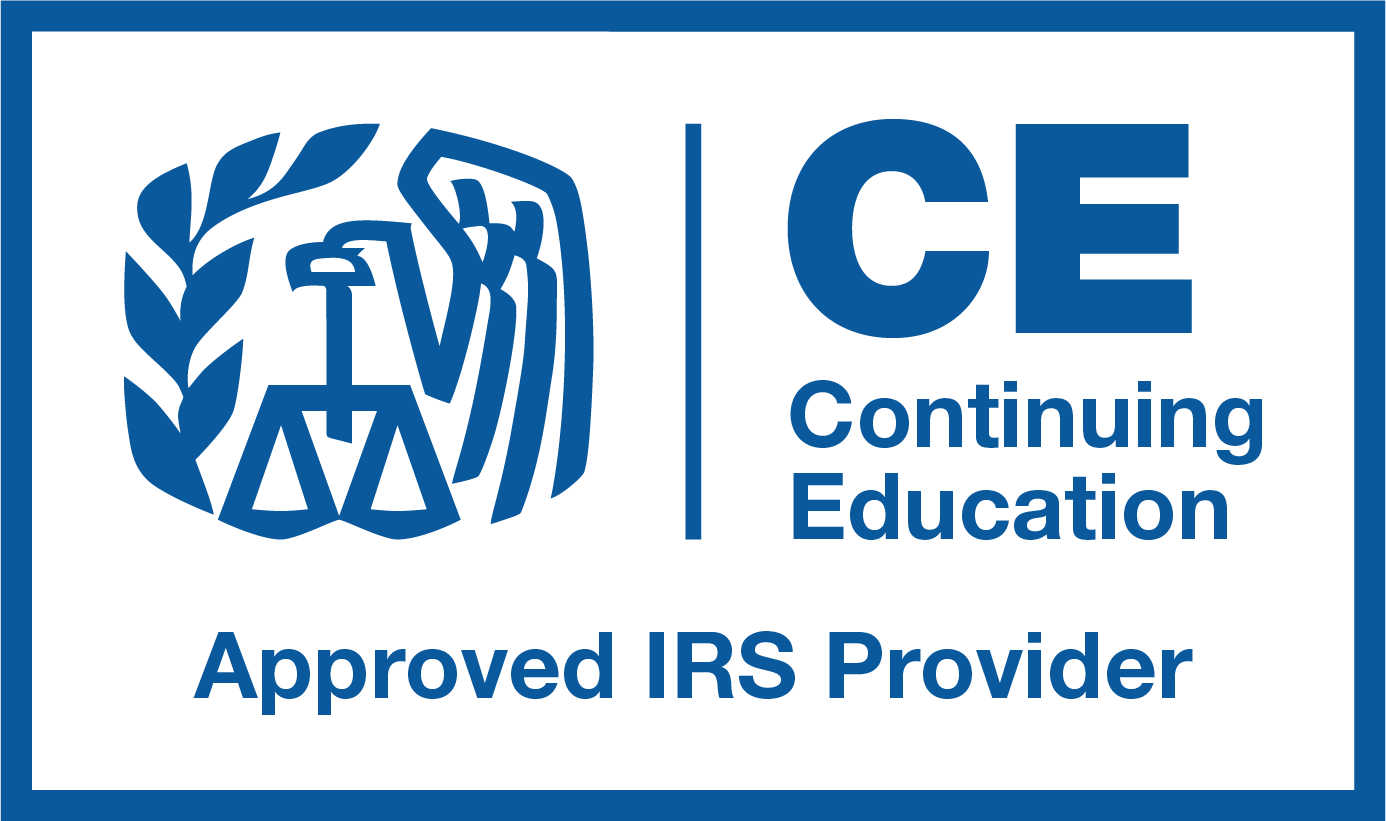As a tax preparer, one of your key responsibilities is to help clients navigate the complex world of tax filing. Accuracy is crucial to ensure compliance with the law and maximize potential refunds and minimize the risk of audits. In this blog, we'll explore some essential tips and best practices for tax preparers to assist their clients in filing their taxes accurately.
Establish Effective Communication:
Effective communication lays the foundation for a successful tax preparation process. Take the time to understand your client’s unique financial situations, ask relevant questions, and actively listen to their responses. Encourage clients to provide complete and accurate information, ensuring all necessary documents are gathered and organized. A Client Engagement Agreement can help you maintain clear channels of communication and will help you uncover any potential discrepancies early on. To learn more about Client Engagement Agreements, here.
Thoroughly Review Documentation:
Carefully reviewing the client's documentation is a vital step in ensuring accuracy. Double-check the completeness and correctness of the tax forms, supporting documents, and schedules provided by clients. Verify the accuracy of personal information, such as Social Security numbers, addresses, and spelling of names. This attention to detail can help avoid delays or issues in the filing process.
Maximize Deductions and Credits:
As a tax preparer, you play a crucial role in helping clients maximize deductions and credits. Stay informed about eligible deductions, credits, and exemptions your clients may qualify for based on their unique circumstances. Attending webinars, like the ones My Tax Courses Online provides, and participating in professional networks can help you stay informed. Then educate clients about potential deductions they may need to be made aware of, such as education expenses, energy-efficient home improvements, or medical expenses. Maximizing these opportunities can significantly impact the client's tax liability.
Be Mindful of IRS Red Flags:
While aiming to maximize deductions, it's equally important to avoid IRS red flags that may trigger audits or delays. As a tax preparer, you should know the common triggers, such as high deduction-to-income ratios, excessive business expenses, or unreported income. By being mindful of these red flags, you can help clients file their taxes accurately while minimizing the risk of IRS scrutiny.
Leverage Technology:
In today's digital age, leveraging tax preparation software and technology can significantly streamline the filing process and enhance accuracy. Explore reliable tax software with error-checking features, automatic updates, and e-filing capabilities. Implementing secure digital platforms for document exchange can also simplify data gathering and ensure the integrity of sensitive client information.
Provide Year-Round Tax Planning:
To truly support your clients in filing their taxes accurately, adopting a proactive approach throughout the year is beneficial. Offer tax planning services to help clients make informed financial decisions that optimize their tax situation. By regularly reviewing their financial records and suggesting tax-saving strategies, you can ensure accurate and well-prepared tax returns come filing season. Mid-year meetings may be the way to start. You can learn more about Mid-year meetings here.
Accurate tax preparation is a fundamental aspect of the services tax preparers provide to their clients. By following these tips and best practices, you can help your clients file their taxes accurately, reduce their tax liability, and maintain compliance with the ever-changing tax laws. Remember, effective communication, ongoing education, attention to detail, and the utilization of technology are essential to simplifying the tax filing process and providing exceptional service to your clients.




